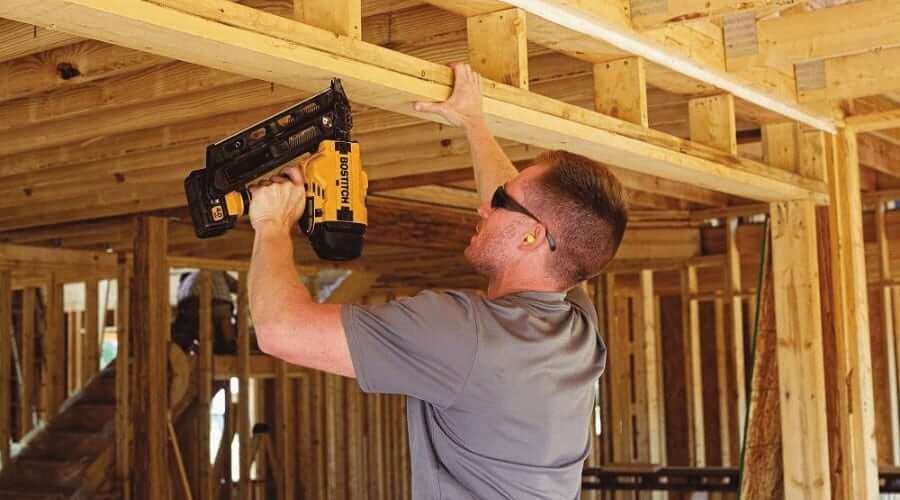The last time you took a look at a nail gun, did you have any idea what pain and misery they can cause when they become involved in a work accident? The truth is, these highly dangerous tools (when used improperly) can penetrate the skin of a victim and put him or her at a very high risk of internal injuries.
Even though these nail guns have been subject to many injuries each and every year, hardware stores continue to sell them in the hopes that do-it-yourself carpenters will finish the work that they aim to without understanding the risks and consequences. The truth is, one of the most common types of injuries in the workplace stem from equipment use, mainly improper use. Far too many employers teach employees the dangers of the equipment they are using, which leads to more injuries.
Construction work is becoming more in-demand than ever before. Because of this, there has been a rise in sales of equipment that is used to complete these jobs. For instance, more workers are now purchasing nail guns due to the “building boom,” which leads to more injuries in the long run. From 2003 to 2006, you may be surprised to know that approximately 1,890 nail gun injuries occurred. This is why more and more emergency room doctors are preaching the facts: That nail guns are dangerous, and should always be used with caution.
If you work on a New York construction site, you probably use or are around nail guns at some point during the day. These seemingly harmless tools can cause severe damage, sometimes creating dangerous circumstances and inflicting costly injuries. At HURT-511 we understand how serious these incidents can be, but also how difficult it can be to report. Here are some tips from the Centers for Disease Control and Prevention about nail gun accidents.
First, it is important to realize that the type of gun you use can put you in more danger. A “contact” trigger is two times more likely to lead to injury than a “sequential” trigger gun. If you are using a contact trigger, a slight bump can lead to a big injury. If possible, choose to use a sequential trigger nail gun to reduce the chances of any accidents.
Next, understand that nail gun accidents are probably more common than you think. These dangerous tools land 37,000 people in the emergency room each year. Some workers feel that they do not need to report incidents if they do not lead to severe injuries, but making a record of the accident can lead to better safety regulations for workers across the state. Nail gun accidents have led to injuries and death. Even if you only have a small cut, an infection can breed and create a bigger problem. Being hit with a nail in a vulnerable area can also lead to extensive bleeding or damaged organs.
We understand that construction workers do not like to be injured. We know that contractors often do not like to hear about their workers’ injuries. However, as unpleasant as the whole situation may be, it is important that you promptly report your nail gun accident injury before things become even more complicated and before you suffer financial, physical and emotional consequences due to your accident injury. Some construction workers who are hurt by nail guns are able to get right back to work. For these workers, reporting is important to help improve safety procedures and help prevent future, potentially more serious, accidents.
Other construction workers who are hurt by nail guns may require surgery or suffer permanent disabilities. For these workers, reporting is also important to improve future safety procedures, but it is also important to protect their own potential recoveries.
For more information and enhance your company’s fall protection program this spring and summer contact HURT-511 and our personal injury lawyers help injured workers recover the benefits to which they are entitled by law. For a free consultation with an experienced workers’ compensation lawyer, call us toll-free at 800-4878-511 or complete our online form. Our firm handles accident and injury claims throughout all five boroughs of New York.
HURT-511 operates in all boroughs of New York including all Bronx neighborhoods, namely: Bedford Park, Belmont, Fordham, Highbridge, Hunts Point, Jerome Park, Kingsbridge, Morris Park, Morrisania, Mott Haven, Parkchester, Riverdale, Spuyten Duyvil, Throgs Neck, University Heights and Woodlawn.





 Trusted Reviews
Trusted Reviews



